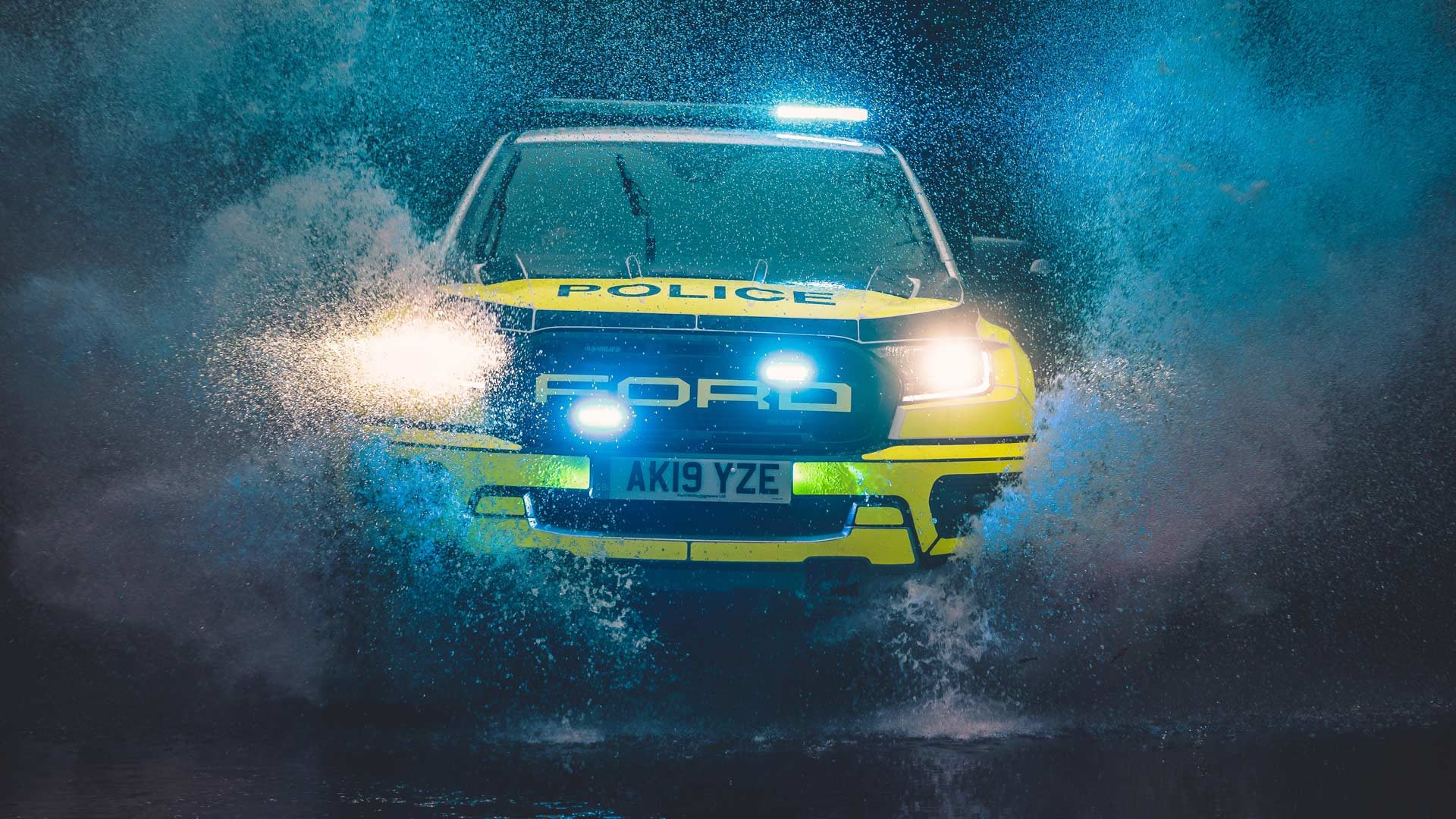
The sound of sirens, or flashing blue lights filling your mirrors, can confuse or fluster even the most experienced drivers.
Most of us know to move over for emergency service vehicles – ambulances, police cars or fire engines – but not everyone knows the best way how. Making a wrong choice could delay those responding to an accident, and potentially land you in trouble with the law.
Read on for our tips on how to safely and legally give way to the emergency services while driving.
What can emergency vehicles do with blue lights on?
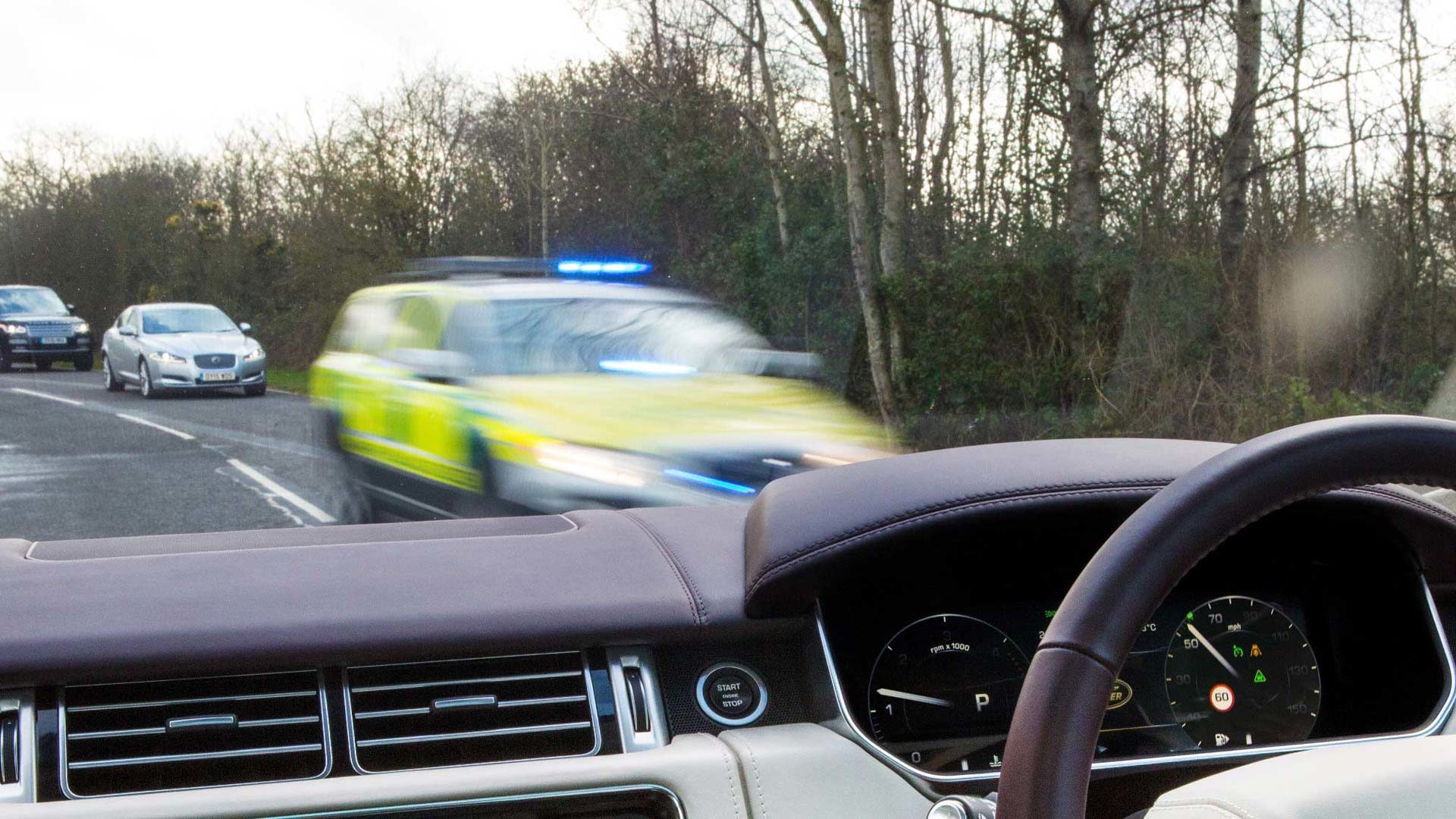
Emergency services drivers are exempt from various road traffic laws when using blue lights and sirens. Section 87 of the Road Traffic Regulation Act 1984 underpins these exemptions, allowing police, fire brigade and ambulance vehicles to disregard the speed limit in an emergency.
Exemptions also allow the emergency services to pass on the wrong side of a ‘keep left’ sign, or treat a red traffic light as a ‘give way’ sign.
Each individual emergency driver has to justify their use of exemptions in the given circumstances. Using them unnecessarily, or taking disproportionate risks, could result them being prosecuted for driving offences.
What if I hear a siren or see blue lights?
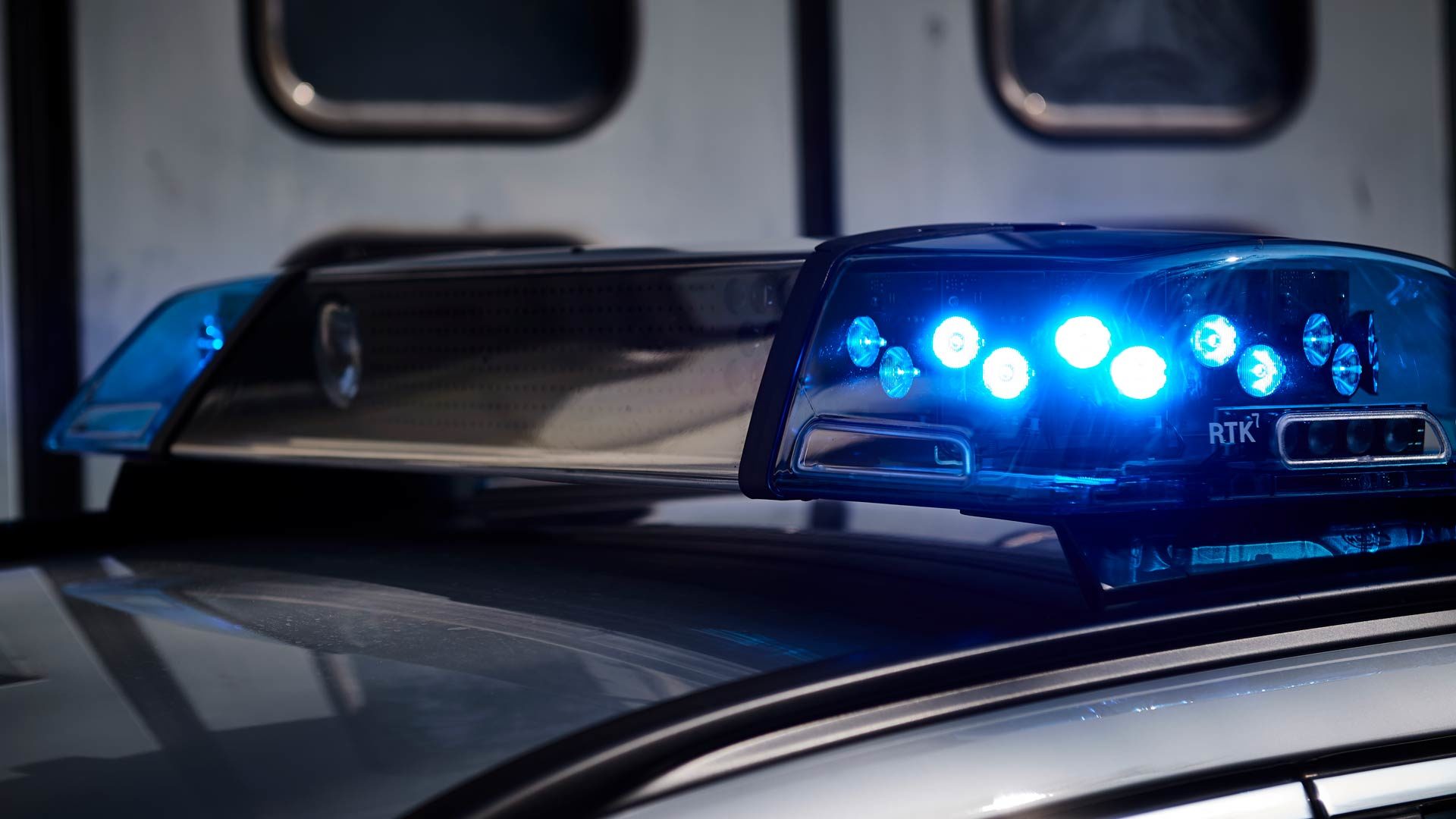
The most important message if you hear a siren or see blue lights is not to panic and simply slam on your brakes.
Stopping in the middle of the road can make it harder for an emergency services vehicle to pass you, or potentially cause an accident if there are other vehicles following you.
Check which way the emergency services are likely to be going, then calmly slow down, pull over and let them go by.
If you’re at a roundabout or busy junction when you hear sirens, it is best to wait and see what direction an emergency services vehicle is coming from before moving off. Remember, there may be more than one emergency vehicle approaching the junction.
What if there is nowhere safe to pull over?
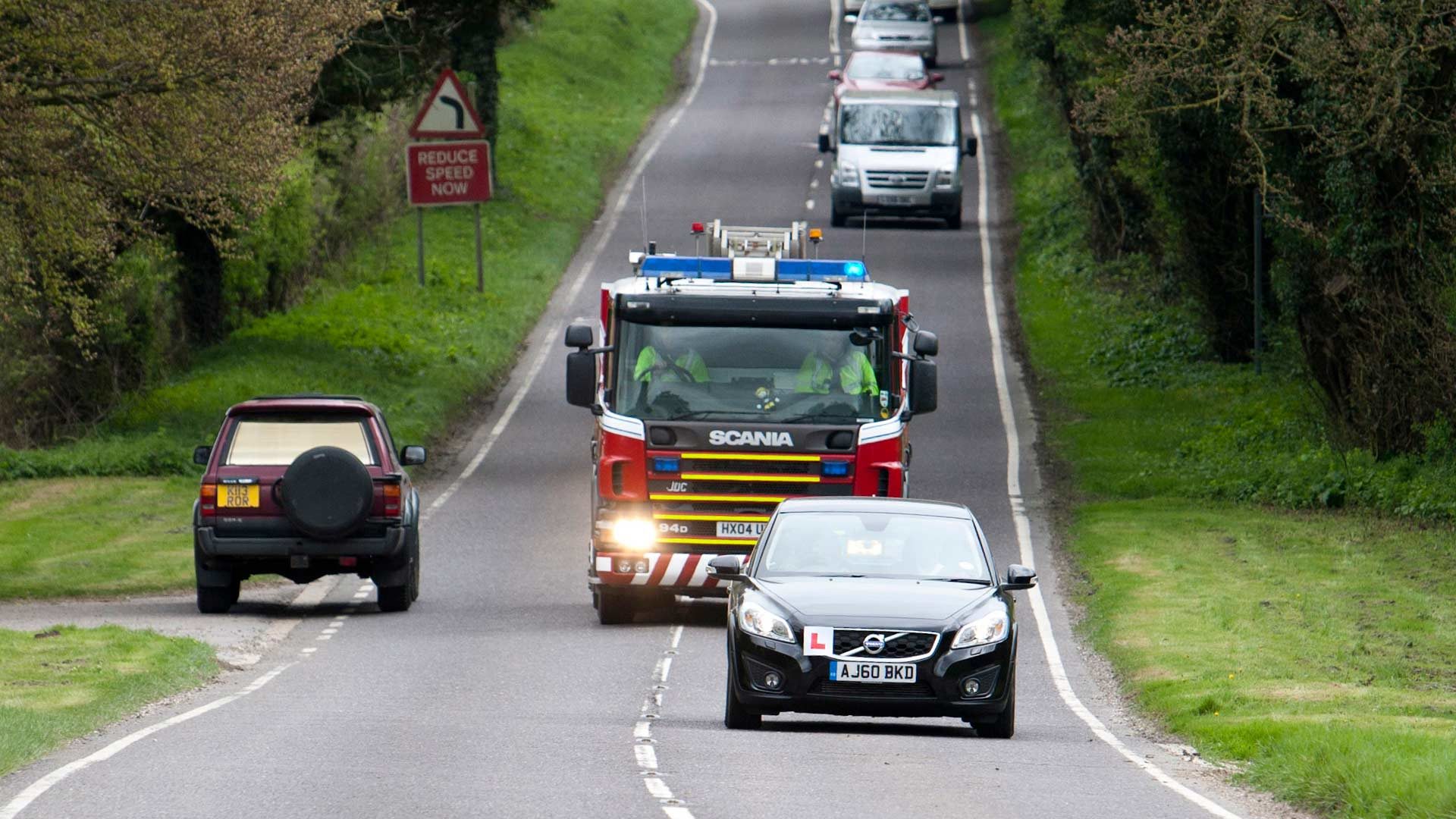
Although you’ll want to let a vehicle using blue lights pass as soon as possible, not everywhere is safe to slow down and pull over to one side.
Do not stop on the entry to a sharp bend or at the brow of a hill. Limited vision here could make it dangerous for an emergency services vehicle to pass you. Instead, keep going until the visibility improves, then move over.
You should also avoid taking to the kerb and stopping in bus lanes where possible. Be aware of traffic islands, and don’t block the road by stopping near them.
What if there is a solid white line on the road?
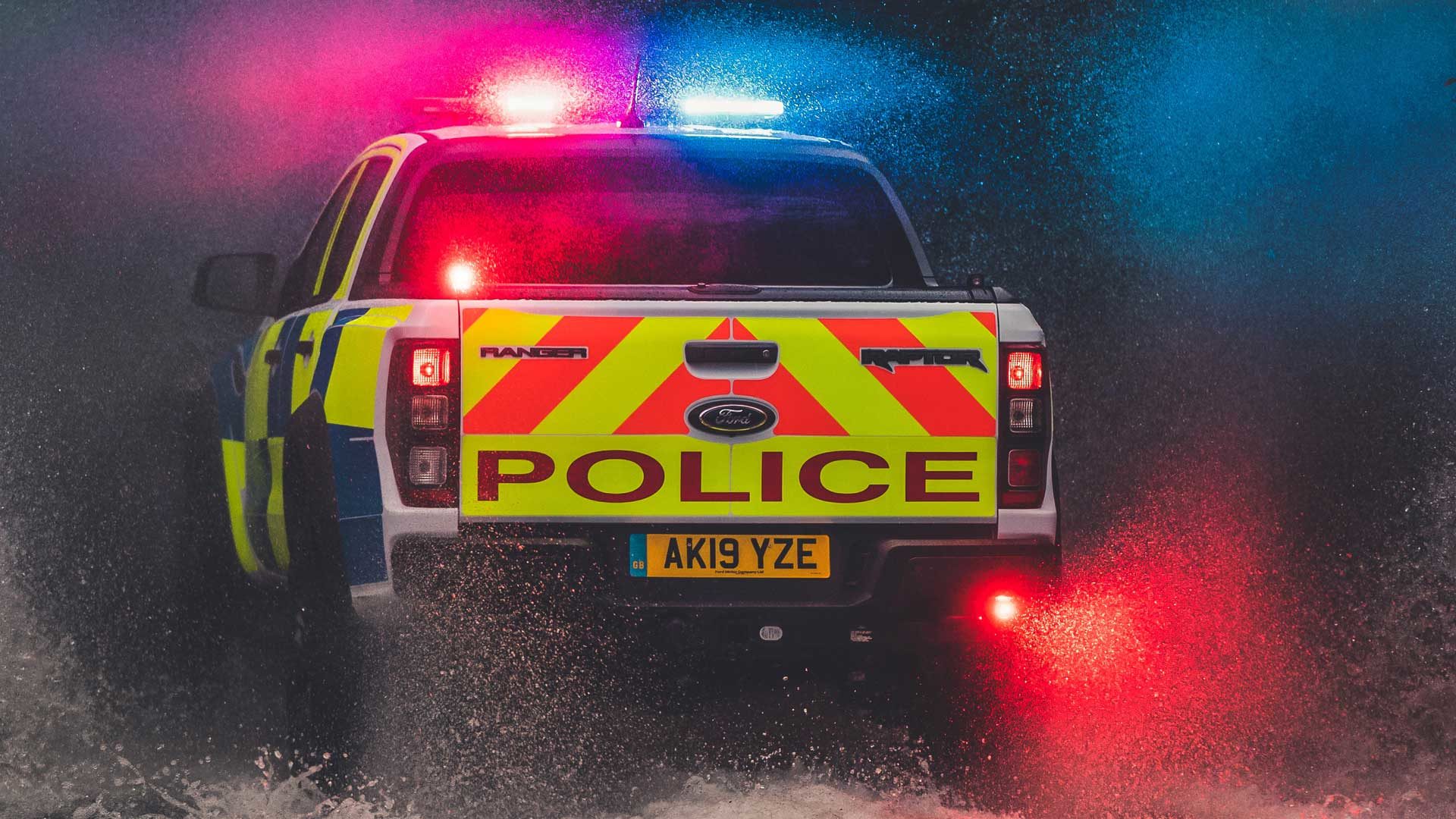
Solid white lines on roads are used to show where overtaking may be dangerous, typically due to limited visibility. These risks still apply to the emergency services responding to an incident.
Should an emergency vehicle end up behind you on a section of road with solid white lines, they are likely to switch off their lights and sirens. They will keep them off until the solid lines end, and they can overtake safely.
You should keep driving safely, obeying the speed limit, until the solid white line ends. You can then look to slow down and allow the police car, ambulance or fire engine to go past.
Can I go through a red traffic light?
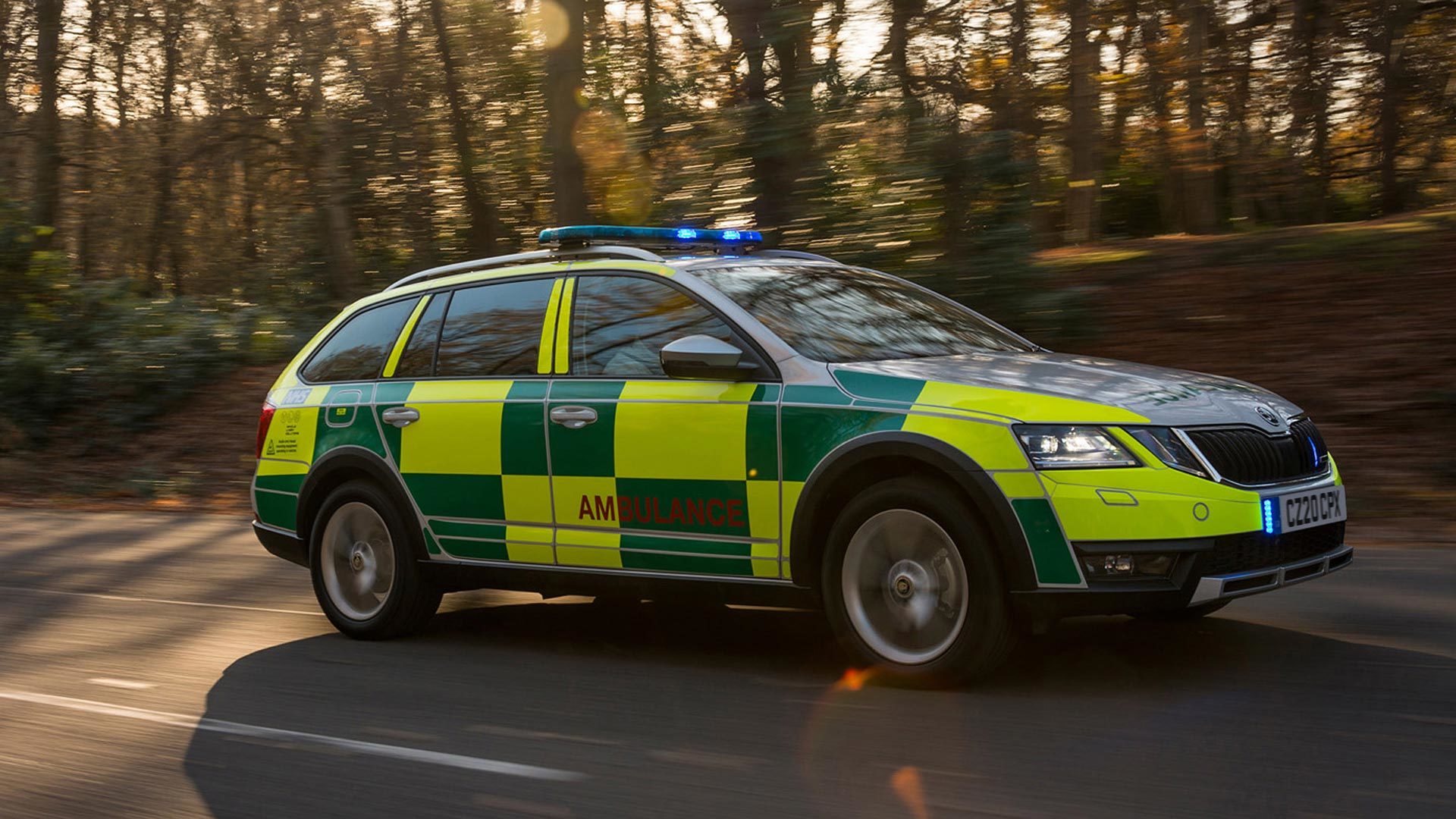
Emergency services vehicles can pass through a red traffic light, but that exemption does not automatically extend to other road users getting out of their way. Rule 219 of the Highway Code says that drivers should comply ‘with all traffic signs’ when letting emergency services vehicles pass.
If you are at a junction with a red light, stay where you are and allow the emergency services to find a route through. Should the traffic be busy, they may switch off their lights and sirens until the traffic lights change.
What if I see blue lights on the motorway?
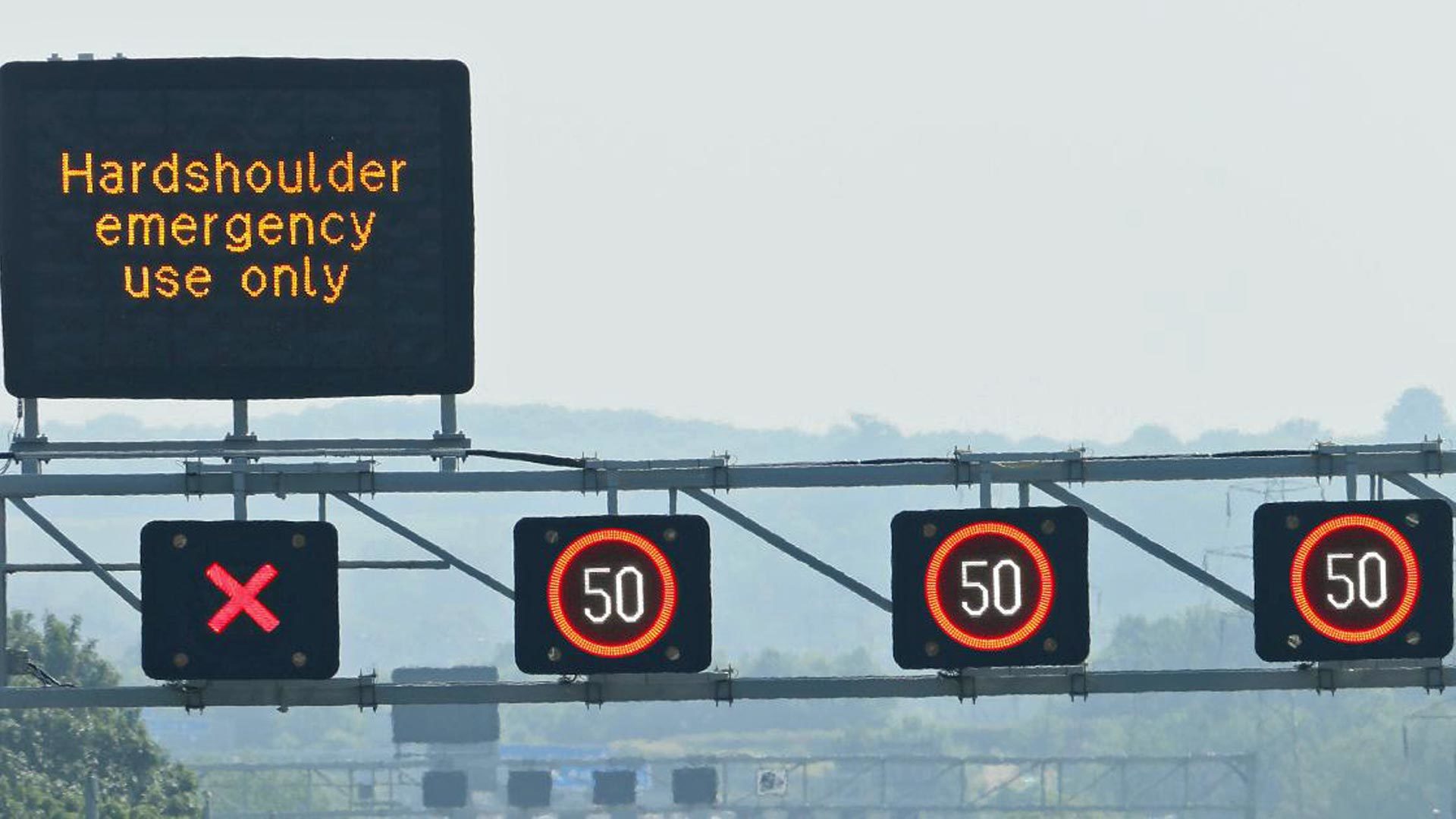
As on a normal road, do not immediately brake to a stop if you see blue lights behind you on a motorway. Instead, move to the left when safe to do so, while obeying any instructions on overhead gantry signs.
Where traffic has come to a halt, the hard shoulder will be used by the emergency services to make progress. This makes it even more important to keep the hard shoulder free.
Where there is no hard shoulder, the emergency services vehicles may pass between lanes to try and reach the scene of an incident ahead. Look to help create a channel for them, and be aware that multiple vehicles may come through.
Emergency vehicles can use closed lanes on a smart motorway (marked with a red ‘X’), but you are not permitted to do so – and must keep them clear.
How much room should I give to emergency vehicles?
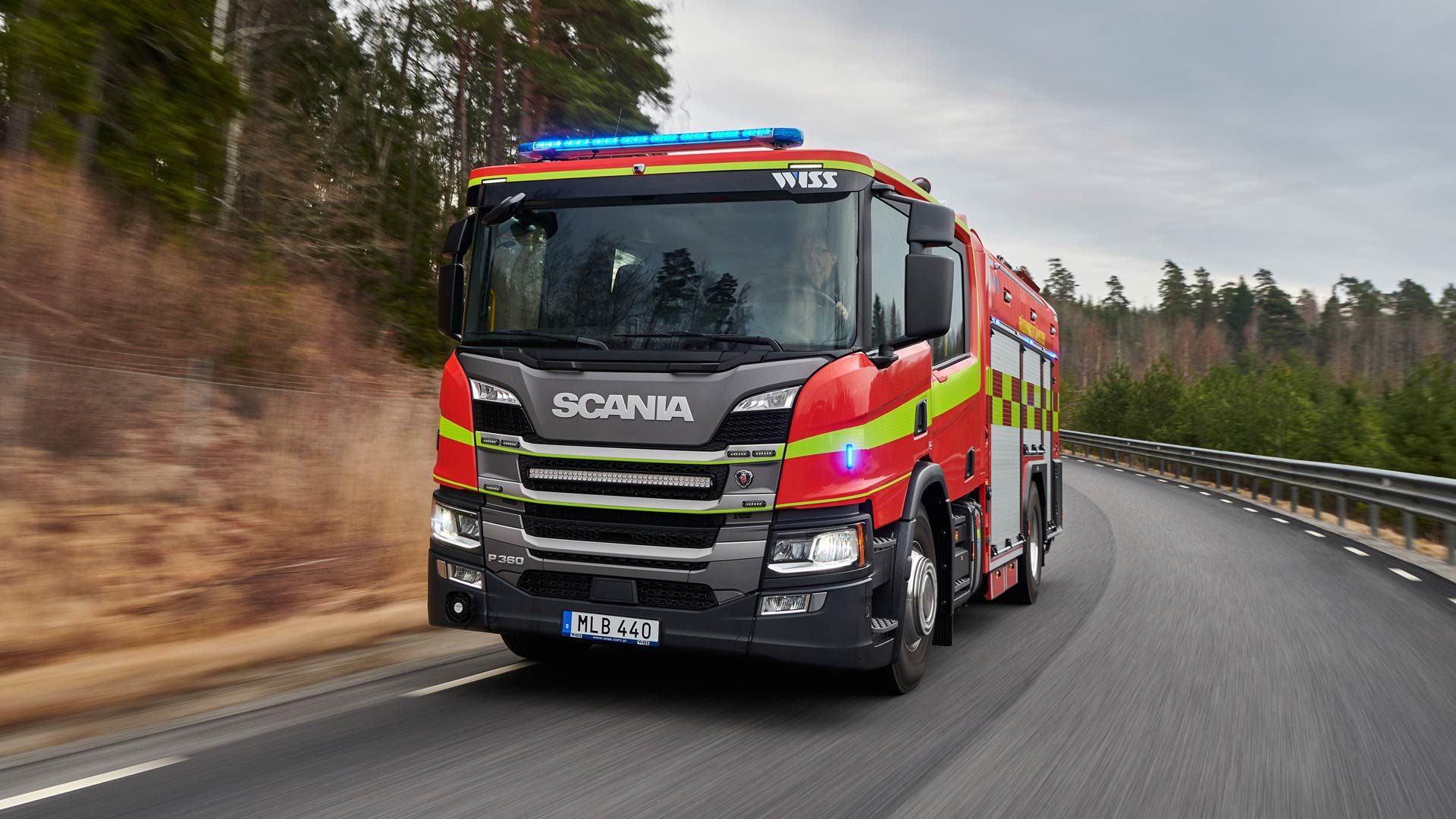
It may sound obvious, but modern fire engines and ambulances are substantially larger than the average car.
Try to take this into account when moving out of the way, so as not to obstruct the emergency services unnecessarily. It can also avoid your car being damaged, should a 12-tonne fire engine need to get through in a hurry.
Will there be just one emergency vehicle?
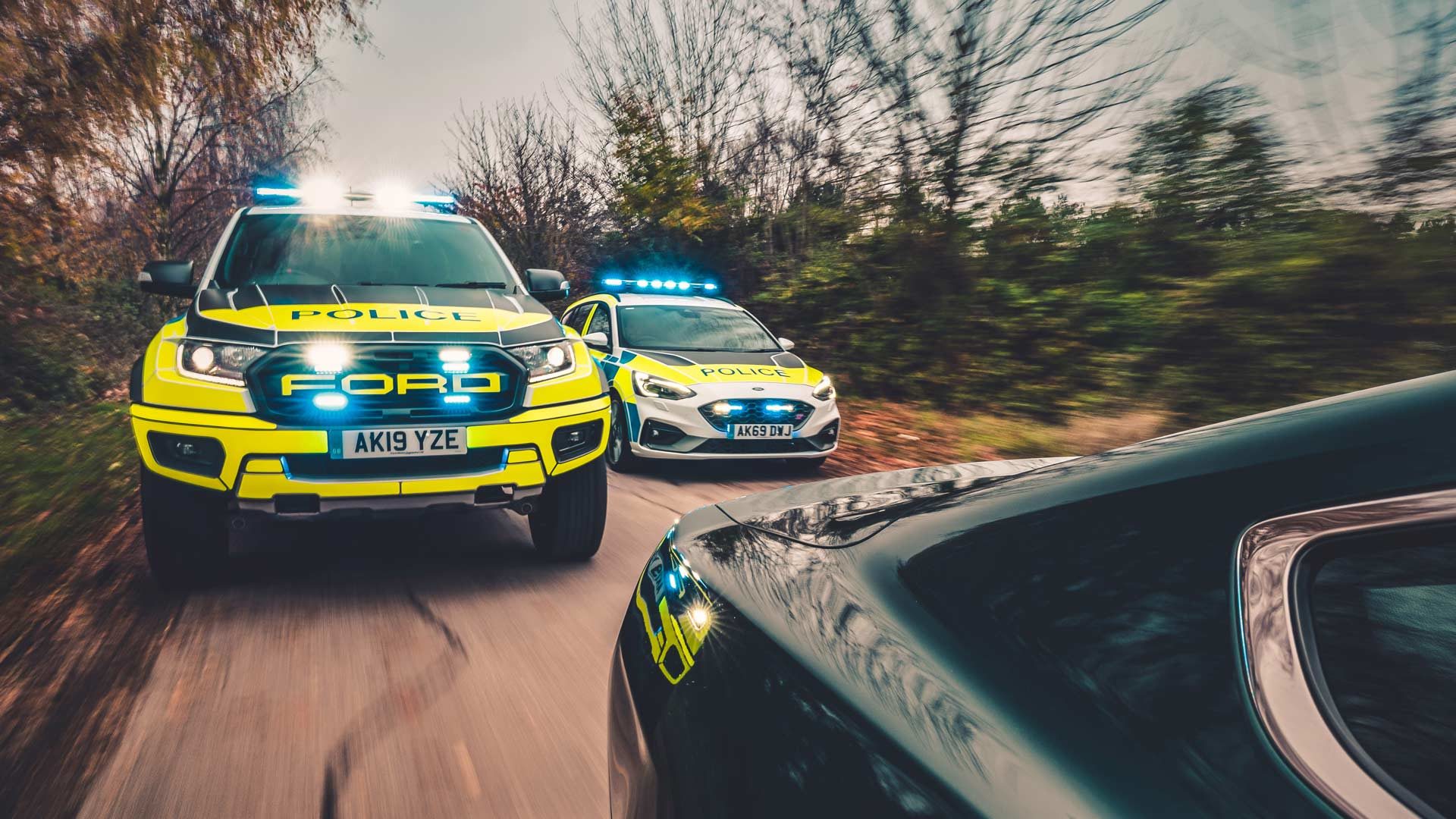
Although it is tempting to move off after letting one emergency vehicle through, take time to check that a second car, ambulance or fire engine is not following behind.
Major incidents could see a number of vehicles, from the various services, all heading to the same location. You do not want to inadvertently block them by pulling into their path.
ALSO READ:
How to use your car’s life-saving emergency eCall system